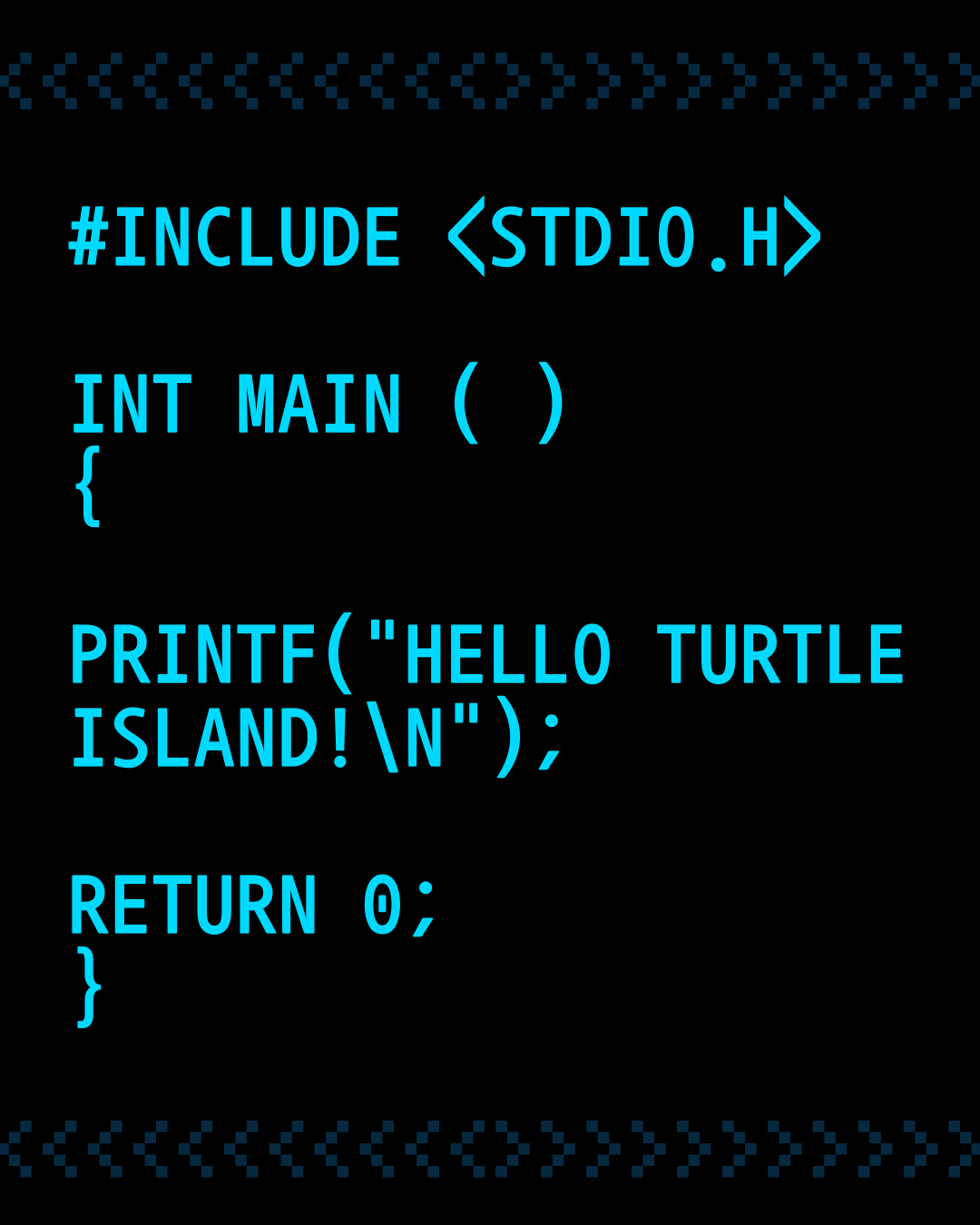Hello Turtle Island: Why Representation in Tech Matters
Why Representation Isn’t Just a Buzzword

When programmers first launch a new language, they test it with the phrase “Hello World.”
At the Digital Sovereignty Project, our first words are different: “Hello Turtle Island.”
This isn’t just a playful nod to code. It’s a reminder that the land we stand on—and the digital world we’re building—exist because of stories, presence, and resilience that long predate Silicon Valley.
Why Representation Isn’t Just a Buzzword
Representation in tech is often treated like a diversity checkbox. Companies will say they want more inclusion, then recruit a handful of “firsts” and call it progress. But true representation isn’t about filling quotas—it’s about shifting power.
For Indigenous peoples, the stakes are higher. Tech isn’t neutral: it designs the apps we use to vote, the AI that recognizes (or misrecognizes) our faces, the algorithms that decide what stories are amplified. If Native voices aren’t in the room, our communities don’t just miss opportunities—we’re actively written out of the future.
The Numbers Tell the Story
- According to Cisco, less than .005% of the tech workforce identifies as Native American.
- Native students are significantly underrepresented in STEM pathways, even though tribal nations are among the fastest-growing broadband users.
- The digital divide still means many Indigenous communities have slower access to internet, coding education, and the tools to compete in a rapidly evolving industry.
These numbers matter because they show the gap between potential and reality. They remind us that without deliberate investment and visibility, Turtle Island’s voices risk being silenced in the very platforms shaping our future.
What Native Presence Brings
When Indigenous peoples show up in tech spaces, we don’t just diversify the room—we transform it. Native knowledge systems emphasize sustainability, interconnection, and accountability to community. These values are exactly what technology needs at a time when issues like data privacy, AI bias, and environmental impact are reaching crisis points.
Think of it this way: if Silicon Valley was built on speed and disruption, Indigenous tech futures can be built on balance and care. One doesn’t replace the other—but together, they create something stronger.
How You Can Help
Representation isn’t a spectator sport. Everyone has a role in creating more equitable tech futures:
- Hire Native talent. Not as tokens, but as innovators, coders, storytellers, and leaders.
- Support Native-owned projects. Share them, fund them, recommend them.
- Challenge stereotypes. Whether in boardrooms or on TikTok, call out narratives that minimize Native voices.
- Learn from Indigenous tech frameworks. Digital sovereignty, data governance, and cultural protocols are models that benefit everyone.
Closing the Loop
“Hello Turtle Island” is more than a greeting—it’s a statement of belonging. Indigenous peoples aren’t visitors in the digital world; we are architects of it. Representation in tech matters because it shapes the culture we live in now, and the futures yet to come.
The next time you open a new app or read about a breakthrough in AI, ask yourself: whose stories are written into this code? And whose are missing?
At the Digital Sovereignty Project, we’re here to make sure Turtle Island’s voices are always part of the answer.